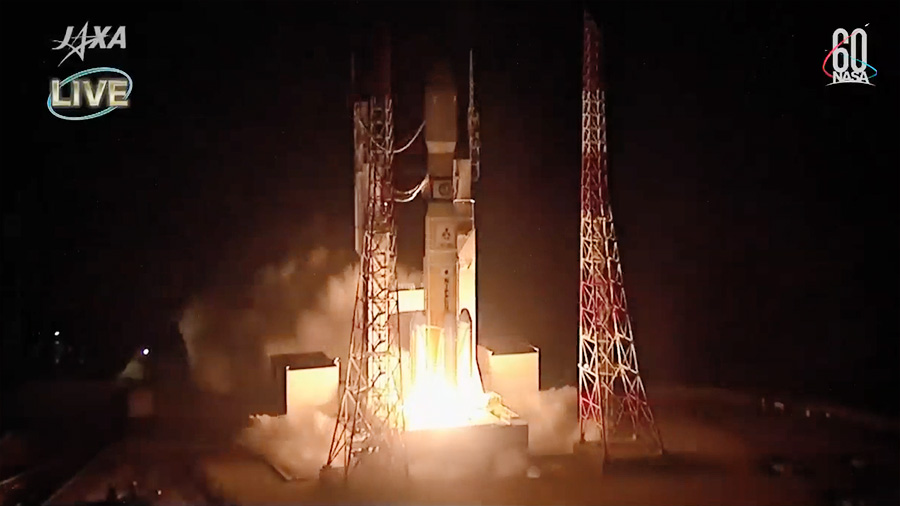
Japan’s seventh resupply ship to the International Space Station is packed and readied for departure Wednesday morning. However, the Japanese cargo ship, H-II Transfer Vehicle-7 (HTV-7), has one more delivery mission before it burns up safely over the Pacific Ocean.
Station skipper Alexander Gerst of ESA (European Space Agency) will command the Canadarm2 robotic arm to release the HTV-7 at 11:50 a.m. EST Wednesday. It will spend about an hour maneuvering safely away from the station on a trajectory to begin its next mission. Flight Engineer Serena Auñón-Chancellor will monitor the vehicle until it reaches a point about 200 meters from the space station. NASA TV begins its live coverage of the departure Wednesday at 11:30 a.m.
The HTV-7 will fire its deorbit engines Saturday for a fiery but safe ending to its mission after 41 days attached to the station’s Harmony module. Before the HTV-7 self-destructs in Earth’s atmosphere it will release a small reentry capsule loaded with test cargo for splashdown in the Pacific Ocean near the Japanese islands. The capsule will be retrieved by personnel from the Japan Aerospace Exploration Agency to test the space partner’s ability to safely return precious space cargo for analysis on Earth.
As the two Expedition 57 astronauts packed the cargo ship, cosmonaut Sergey Prokopyev continued his space physics research, photo inspections and inventory updates. The cosmonaut explored how microgravity and the Sun impact plasma-dust crystals. Prokopyev also photographed the condition of the station’s Russian segment then updated the station’s inventory system.









